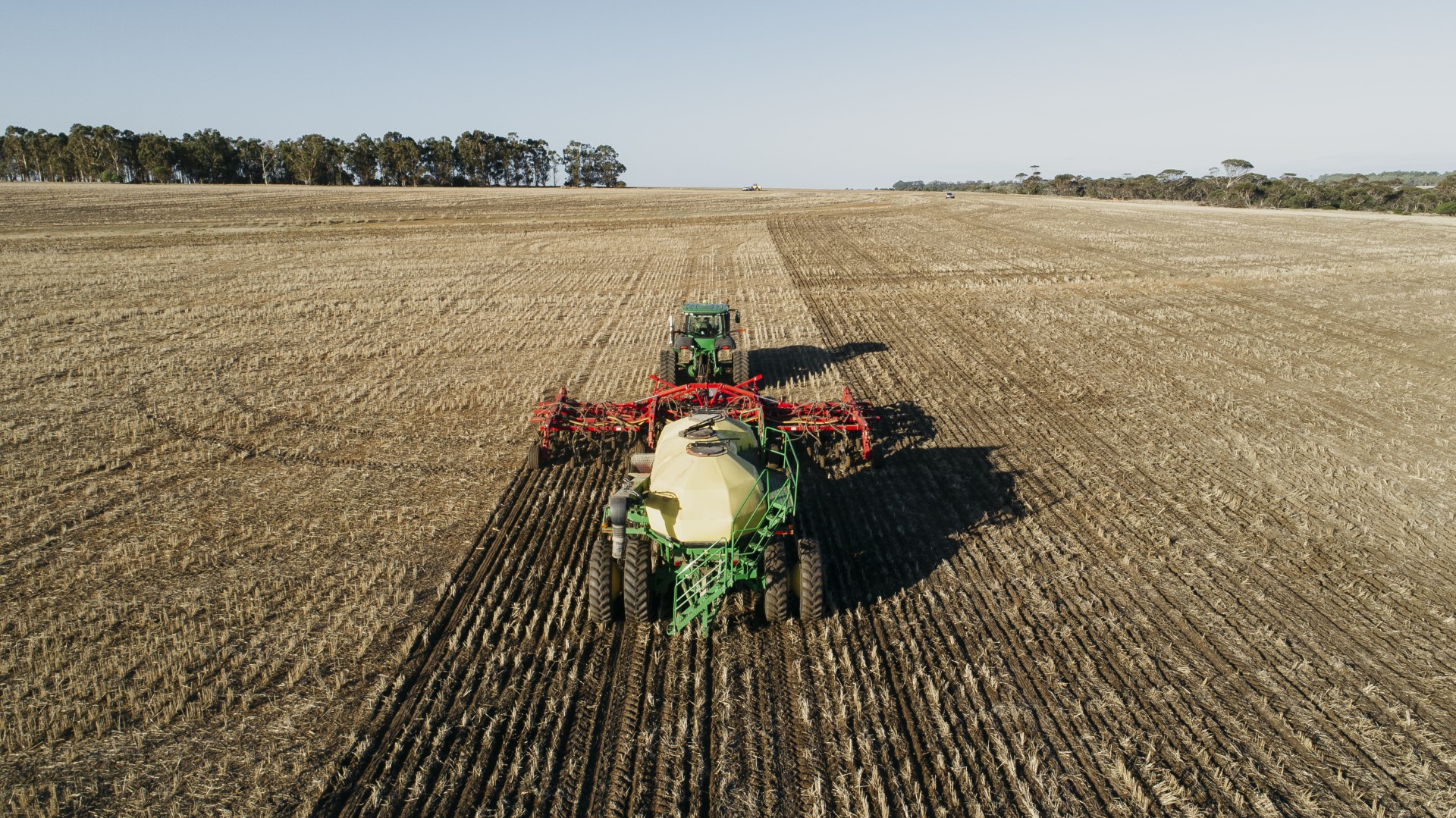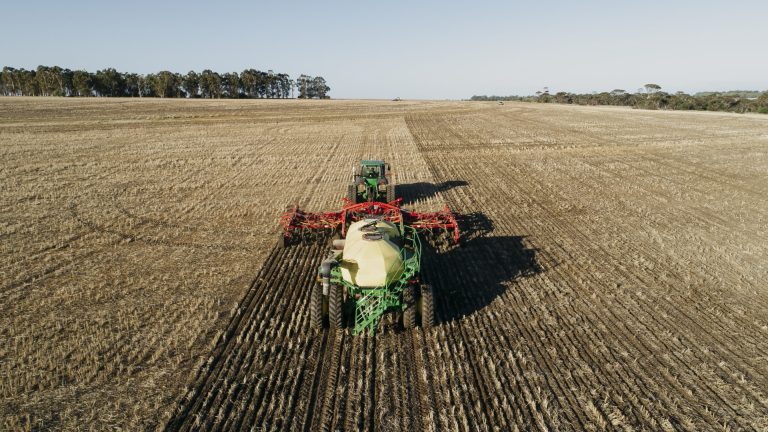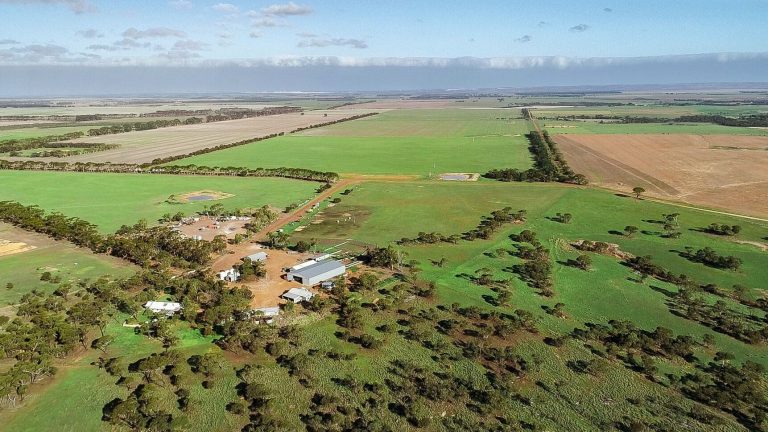Comprehensive Guide to Calculating Returns on Investment in Crop Farming Properties
Agricultural investors face unique challenges when evaluating the financial performance of their property portfolios, particularly when assessing diverse crop farming operations across different regions and commodity markets. Calculating returns on investment in crop farming properties requires sophisticated analysis that goes beyond simple rental yields to consider land appreciation, operational efficiency, commodity price cycles, and long-term sustainability factors. At Agribusiness Horizons, we regularly assist clients in developing comprehensive ROI frameworks that accurately reflect the true performance of their agricultural investments. Whether you’re evaluating grain operations, specialty crop farms, or diversified agricultural portfolios, professional analysis ensures you capture all revenue streams and cost factors that impact investment returns. Contact our agricultural investment specialists to discuss how we can help you establish robust ROI calculation systems that support informed decision-making and portfolio optimization.
This guide examines the essential components of agricultural ROI analysis, from basic calculation methods through advanced performance metrics that reflect the complexity of modern crop farming investments. You’ll learn about income sources, cost considerations, risk factors, and market dynamics that influence investment returns. We’ll also address common calculation challenges and provide practical frameworks for ongoing performance monitoring that helps maximize your agricultural investment success.
Evolution of Agricultural Investment Analysis
Traditional agricultural investment analysis focused primarily on land values and basic rental income, reflecting simpler farming operations and more stable commodity markets. Modern crop farming properties generate complex income streams from multiple sources including cash rents, sharecropping arrangements, government program payments, carbon credit sales, and value-added processing activities that require comprehensive analytical approaches.
The agricultural sector has become increasingly sophisticated in its financial management practices, adopting corporate-level analysis techniques that better reflect operational complexity and market dynamics. Professional investors now expect detailed performance reporting that matches standards used in other asset classes, requiring agricultural specialists to develop more rigorous analytical frameworks.
Technology adoption in agriculture has transformed both operational practices and financial analysis requirements. Precision agriculture systems generate detailed production data that enables more accurate cost allocation and performance measurement. However, technology investments also create new categories of capital expenditures and depreciation that must be properly incorporated into ROI calculations.
Market volatility in commodity prices, input costs, and land values has increased the importance of risk-adjusted return analysis. Simple yield-based calculations may not adequately reflect the true risk-return profile of agricultural investments, particularly during periods of significant market disruption or regulatory change.
Fundamental ROI Calculation Methods for Agricultural Properties
Crop farming investment returns can be measured using several analytical approaches, each providing different insights into investment performance. Cash-on-cash return analysis examines annual cash flow relative to initial equity investment, providing a straightforward measure of current income generation from farming operations.
Total return calculations incorporate both income generation and capital appreciation to provide a more comprehensive view of investment performance. This approach becomes particularly important for agricultural properties where land appreciation may represent a significant component of total returns over longer holding periods. However, agricultural land values can be volatile and may not reflect short-term market fluctuations accurately.
Net present value analysis helps evaluate the long-term profitability of agricultural investments by discounting future cash flows to present value. This method becomes particularly useful when comparing different agricultural properties or evaluating major capital improvement projects that affect long-term operational efficiency and profitability.
Internal rate of return calculations provide a percentage-based measure that facilitates comparison with other investment alternatives. However, agricultural investments may generate irregular cash flows due to seasonal production cycles, commodity price volatility, and weather-related variations that can complicate IRR analysis and interpretation.
Agricultural property ROI analysis must account for unique factors that differentiate farming operations from other real estate investments. Seasonal cash flow patterns, crop rotation cycles, and commodity price timing all affect when and how returns are realized, requiring specialized analytical approaches that reflect agricultural business realities.
Financial Metrics and Performance Indicators
Effective agricultural investment analysis requires multiple performance metrics that capture different aspects of property and operational performance. Revenue per acre provides a basic productivity measure that enables comparison across different crop types and farming systems. However, this metric must be adjusted for input costs and operational expenses to provide meaningful performance insights.
Operating margin analysis examines the relationship between gross revenue and operating expenses, providing insights into operational efficiency and management effectiveness. Strong operating margins indicate efficient resource utilization and effective cost management, while declining margins may signal operational challenges or market pressures that require attention.
Farmland investment calculations should incorporate asset turnover metrics that measure how effectively property assets generate revenue. Higher asset utilization rates generally indicate more efficient operations and better returns on invested capital, though this must be balanced against sustainability considerations and long-term soil health maintenance.
Return on assets analysis compares net income to total asset values, providing a comprehensive measure of how effectively agricultural properties generate returns relative to their total investment value. This metric helps identify properties that may be underperforming relative to their potential or market benchmarks.
Working capital management significantly impacts agricultural ROI calculations due to seasonal cash flow patterns and inventory requirements. Efficient working capital management can substantially improve overall returns by reducing financing costs and improving cash flow timing throughout production cycles.
Risk Assessment and Market Considerations
Agricultural investments face unique risk factors that must be incorporated into ROI analysis to provide accurate performance assessments. Production risks from weather, disease, and pest pressures can significantly impact annual returns, requiring risk-adjusted analysis that considers historical variability and potential extreme events.
Market risk from commodity price volatility affects both current income and future cash flow projections. Crop property return metrics must account for price cycle patterns and market timing factors that influence when crops are sold and at what prices. Forward contracting and hedging strategies can mitigate some market risks but may also limit upside potential during favorable market conditions.
Regulatory and policy risks increasingly impact agricultural investment returns through environmental regulations, safety requirements, and government program changes. These factors can affect both operational costs and revenue opportunities, requiring ongoing analysis of regulatory trends and their potential financial impacts.
Input cost inflation represents a persistent challenge for agricultural operations, affecting fertilizer, seed, fuel, and labor expenses that directly impact profit margins. ROI analysis must consider input cost trends and their relationship to commodity price movements to assess long-term investment viability.
Climate and environmental risks continue growing in importance as weather patterns become more variable and extreme events increase in frequency. Long-term ROI analysis should consider climate adaptation costs and potential impacts on productivity and operational sustainability.
Technology and Infrastructure Impact Analysis
Modern agricultural operations increasingly depend on technology investments that require sophisticated ROI analysis to justify capital expenditures and measure performance impacts. Precision agriculture systems, automated equipment, and data management platforms represent significant investments that may provide returns through improved efficiency, reduced input costs, and enhanced decision-making capabilities.
Agricultural investment performance analysis must account for technology depreciation and obsolescence factors that may differ significantly from traditional agricultural assets. Rapid technological change can make equipment obsolete more quickly than traditional depreciation schedules suggest, requiring adjusted analysis methods that reflect actual useful life and residual values.
Infrastructure investments in storage facilities, processing equipment, and transportation systems can provide substantial returns through improved operational efficiency and market access. However, these investments often require long payback periods and may be subject to regulatory requirements that affect their cost-effectiveness and operational flexibility.
Connectivity and digital infrastructure investments enable adoption of modern agricultural technologies but may require ongoing subscription costs and regular updates that affect long-term ROI calculations. The value of these investments may be difficult to quantify but can provide significant competitive advantages in modern agricultural markets.
ROI Analysis Comparison Table
| Analysis Method | Primary Focus | Key Advantages | Main Limitations |
|---|---|---|---|
| Cash-on-Cash Return | Annual income vs equity | Simple calculation, immediate feedback | Ignores capital appreciation, short-term focus |
| Total Return Analysis | Income plus appreciation | Comprehensive view, long-term perspective | Requires accurate valuation, market dependent |
| Net Present Value | Future cash flow value | Accounts for time value, project comparison | Complex projections, discount rate sensitive |
| Internal Rate of Return | Percentage-based return | Easy comparison, standardized metric | Irregular cash flows, multiple solutions possible |
| Risk-Adjusted Returns | Return relative to risk | Incorporates volatility, better comparison | Complex calculation, subjective risk assessment |
This comparison illustrates how different approaches to calculating returns on investment in crop farming properties serve various analytical purposes and investment decision-making needs.
Agribusiness Horizons’ Investment Analysis Expertise
At Agribusiness Horizons, our comprehensive approach to agricultural property ROI analysis combines deep agricultural knowledge with sophisticated financial analysis techniques to provide clients with accurate, actionable investment performance insights. Our team understands the unique characteristics of crop farming operations and the complex factors that influence agricultural investment returns over different time horizons.
Our analysis process begins with detailed operational assessments that identify all revenue sources and cost components affecting investment performance. We examine crop production data, marketing strategies, input costs, labor expenses, and capital requirements to develop comprehensive financial models that accurately reflect operational realities and market conditions.
We maintain extensive databases of agricultural performance benchmarks, commodity price trends, and land value information that support accurate ROI analysis and comparative performance assessment. Our market intelligence helps clients understand how their properties perform relative to regional averages and identify opportunities for performance improvement through operational or strategic changes.
Our ongoing monitoring services provide regular performance updates and analysis that help clients track investment progress and identify emerging trends that could affect future returns. We work closely with farm managers, accountants, and other professionals to ensure accurate data collection and analysis that supports informed decision-making throughout the investment lifecycle.
Our comprehensive reporting meets institutional investment standards while remaining accessible to individual investors who need clear insights into their agricultural portfolio performance. Contact our agricultural investment analysis team to discuss how we can help you develop robust ROI measurement systems that maximize your crop farming investment success and support strategic portfolio decisions.
Advanced Analysis Techniques and Future Considerations
Modern agricultural investment analysis increasingly incorporates advanced techniques that provide deeper insights into performance drivers and risk factors. Sensitivity analysis helps identify which variables most significantly impact returns, enabling more focused management attention and risk mitigation strategies.
Monte Carlo simulation techniques can model the impact of various risk scenarios on investment returns, providing probability-based performance projections that help investors understand potential outcomes under different market conditions. These advanced methods become particularly valuable for long-term investment planning and risk management.
Environmental, social, and governance factors increasingly influence agricultural investment analysis as investors seek sustainable operations that provide long-term value while meeting social responsibility objectives. ESG considerations may affect both operational costs and market premiums that impact overall investment returns.
Data analytics and artificial intelligence applications offer new opportunities for improving agricultural ROI analysis through better prediction of yield outcomes, market trends, and operational efficiency improvements. These technologies may provide competitive advantages for investors who adopt them effectively while requiring new types of technology investments and expertise.
Carbon markets and sustainability premiums represent emerging revenue opportunities that may significantly impact future agricultural investment returns. ROI analysis frameworks must evolve to capture these new income sources while accounting for the operational changes and investments required to access them.
Conclusion and Strategic Investment Planning
Successful calculating returns on investment in crop farming properties requires comprehensive analytical frameworks that capture the full complexity of modern agricultural operations while providing clear insights for investment decision-making. The most effective approaches combine multiple analytical methods with deep agricultural knowledge to provide accurate, actionable performance assessments that support strategic portfolio management.
As agricultural markets continue evolving through technological advancement, regulatory changes, and shifting consumer preferences, investment analysis methods must adapt to capture new value sources and risk factors. Investors who develop sophisticated analytical capabilities and work with experienced agricultural professionals position themselves for superior long-term performance in this dynamic sector.
Professional agricultural investment analysis provides the foundation for successful portfolio management, enabling investors to identify high-performing properties, optimize operational strategies, and make informed decisions about property acquisition, improvement, and disposition based on comprehensive performance data.
How might emerging agricultural technologies affect the ROI calculation methods you currently use for crop farming investments? What role should climate resilience and sustainability factors play in your long-term investment analysis framework? How can advanced analytical techniques help you identify underperforming assets and optimization opportunities in your agricultural portfolio?
Don’t rely on outdated or incomplete analysis methods when evaluating your crop farming investment performance. Contact Agribusiness Horizons today to schedule a consultation with our agricultural investment specialists. Our team provides the expertise and analytical tools necessary to accurately measure your agricultural investment returns and identify strategies for optimizing portfolio performance in today’s complex agricultural markets.



